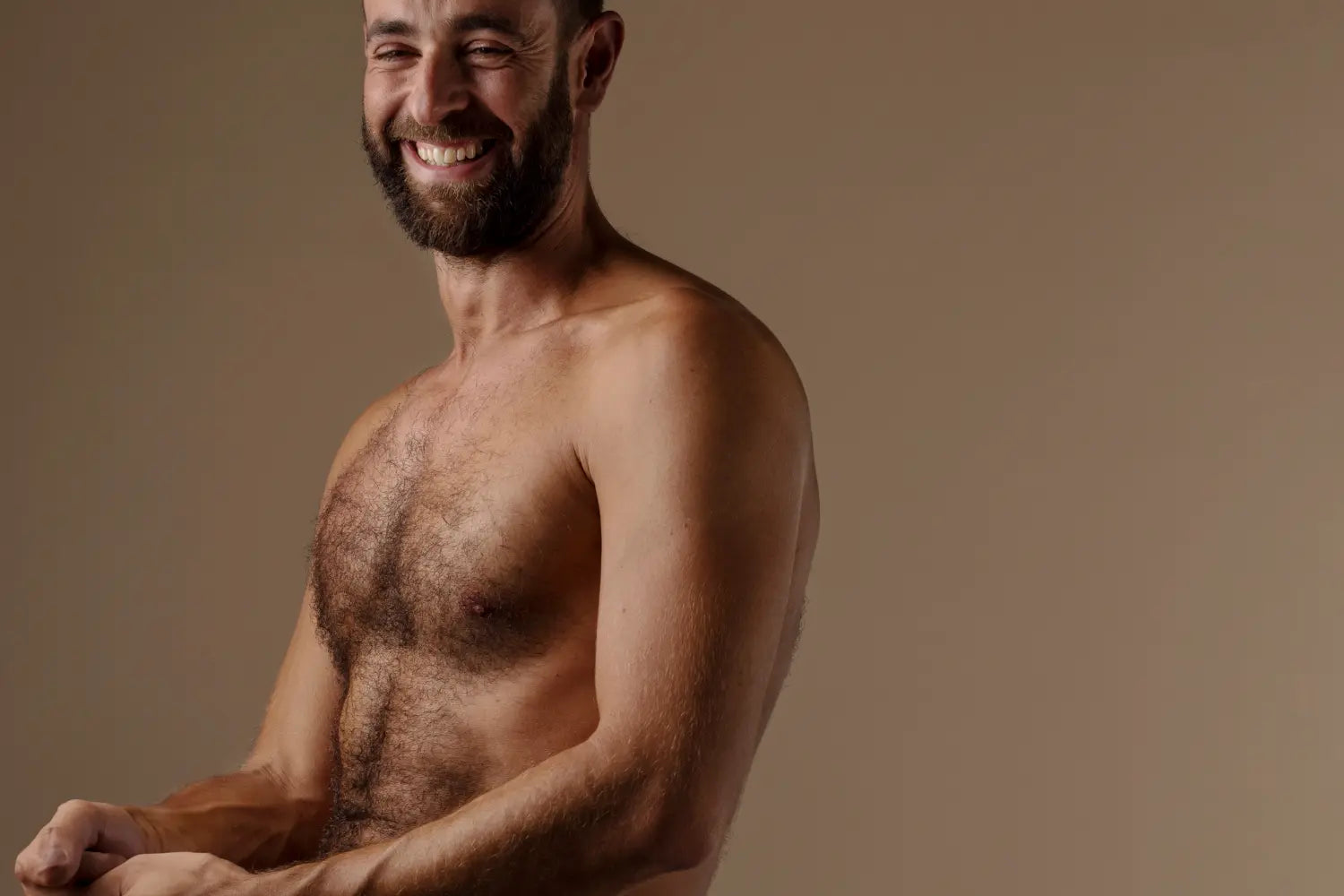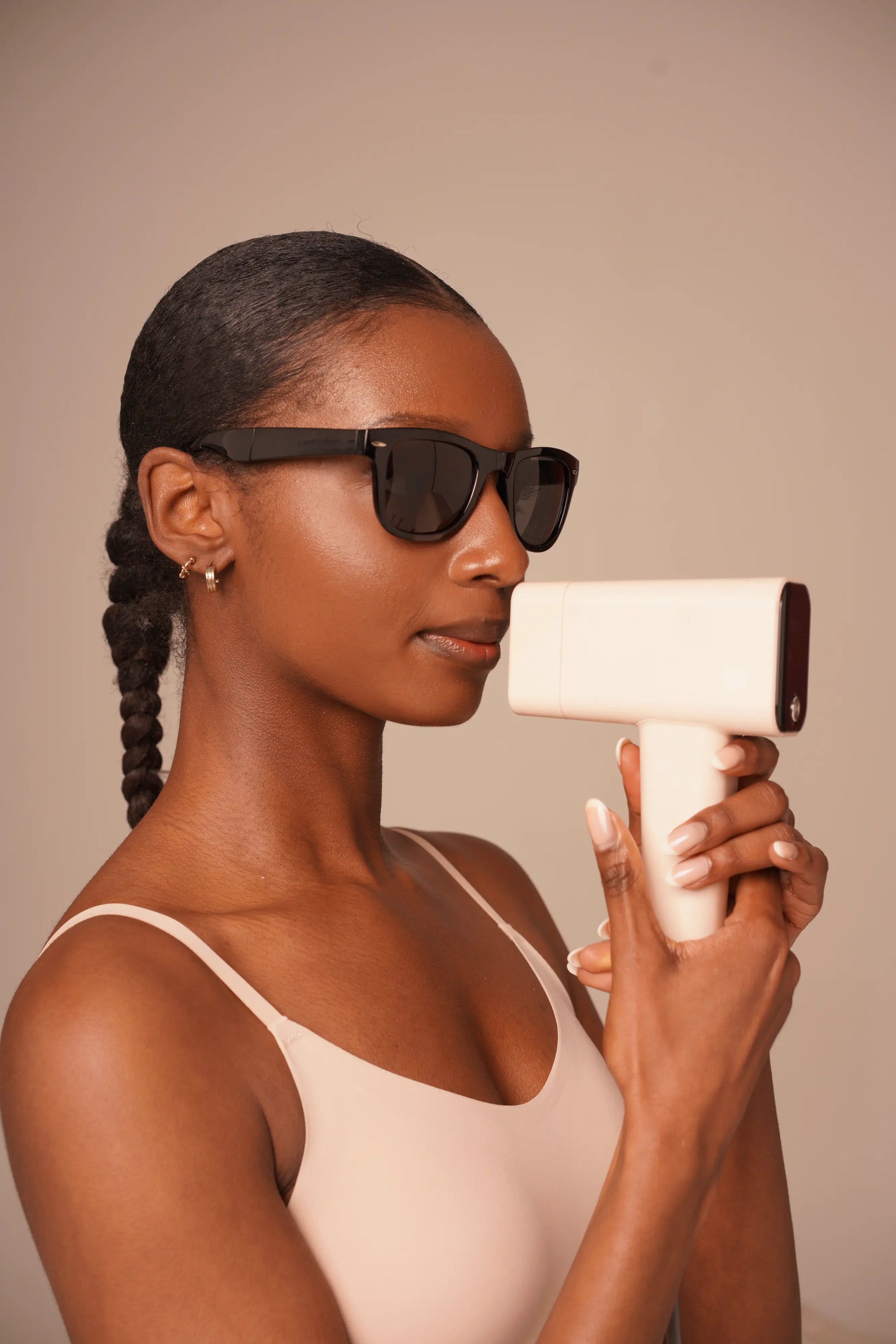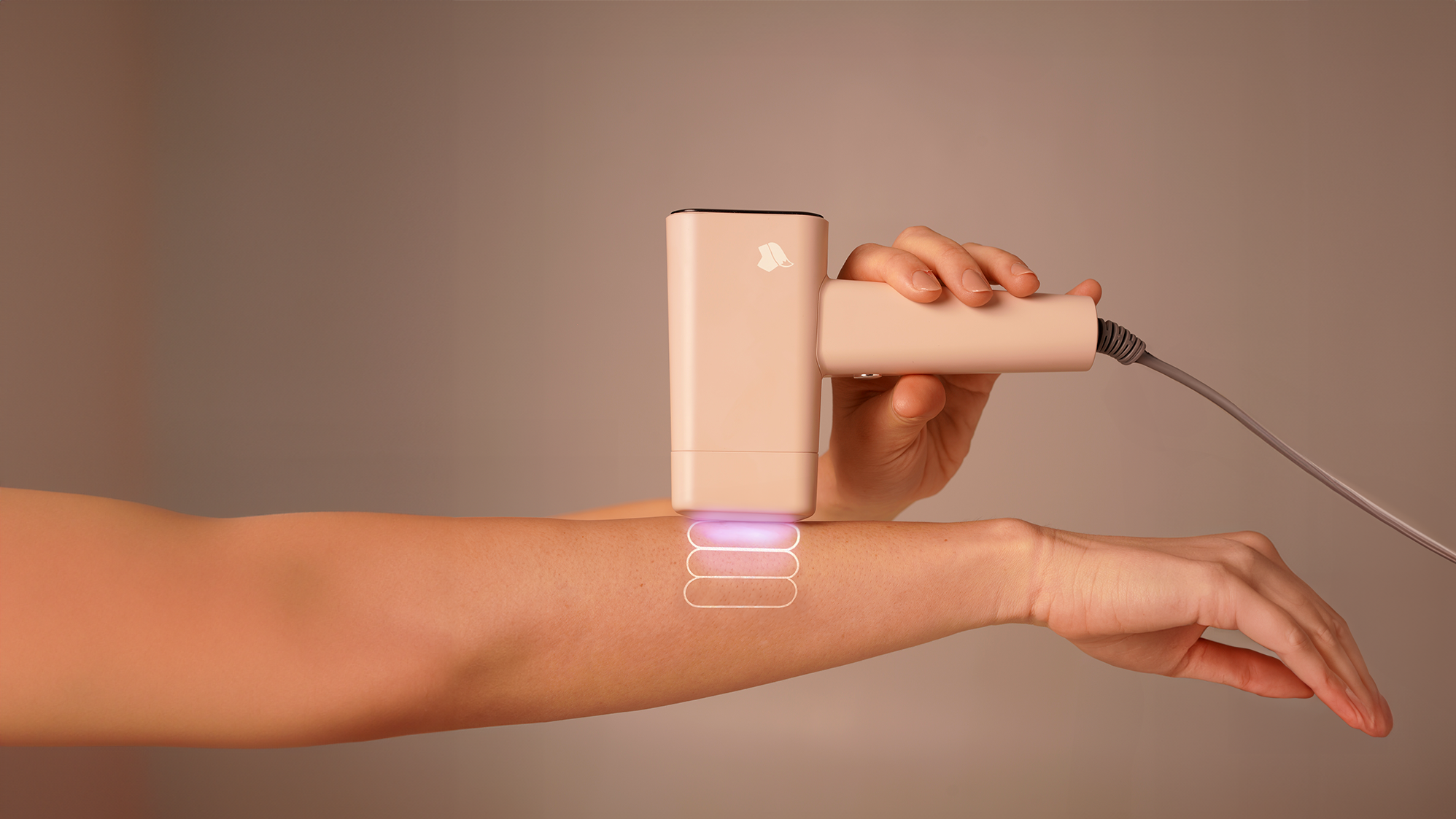Unwanted body hair can be a concern for many men, leading to increased interest in long-term hair removal solutions. Intense Pulsed Light (IPL) therapy has emerged as a popular method for reducing hair growth. This article delves into the science behind IPL, its effectiveness on various male body areas, and considerations for those contemplating this treatment.
Understanding IPL Technology
IPL utilizes broad-spectrum light to target melanin in hair follicles. The absorbed light converts to heat, damaging the follicle and inhibiting future hair growth. Unlike lasers, which emit a single wavelength, IPL emits multiple wavelengths, allowing for treatment of larger skin areas. However, this also means that IPL may be less targeted than laser treatments.
Efficacy of IPL on Male Body Areas
Beard Area
Treating the beard area with IPL can be challenging due to the density and coarseness of facial hair. While some men experience satisfactory results, others may find that IPL is less effective in this region. Multiple sessions are typically required, and results can vary based on hair color and skin type.
Chest Hair
The chest area is generally more responsive to IPL treatments. A study indicated that patients undergoing IPL treatments on the chest experienced significant hair reduction after multiple sessions. The treatment is less painful in this area compared to the beard and yields more consistent results.
Back Hair
The back is one of the most commonly treated areas in men seeking hair removal. IPL has shown high efficacy in reducing back hair, with patients reporting substantial hair reduction after a series of treatments. The larger surface area allows for efficient treatment sessions.
Factors Influencing IPL Effectiveness
-
Hair Color and Skin Type: IPL is most effective on individuals with light skin and dark hair due to the contrast in melanin levels.
-
Hair Thickness: Thicker hairs absorb more light energy, making them more responsive to IPL treatments.
-
Hormonal Factors: Hormonal imbalances can affect hair growth patterns, potentially influencing IPL effectiveness.
Safety and Side Effects
IPL is generally safe when performed by qualified professionals. Common side effects include temporary redness, swelling, and mild discomfort. Rarely, blistering or changes in skin pigmentation may occur. Proper pre- and post-treatment care can minimize these risks.
IPL offers a viable solution for men seeking long-term hair reduction on the chest and back. While results on the beard area may vary, many find the treatment beneficial. Consulting with a dermatologist can help determine the most appropriate hair removal method based on individual needs and characteristics.
References
-
Han SH, Byun JW, Lee WS, Kang H, Kye YC, Kim KH, et al. Quality of life assessment in male patients with androgenetic alopecia: result of a prospective, multicenter study. Ann Dermatol. 2012;24:311–318.PMC
-
Grossman MC, Dierickx C, Farinelli W, Flotte T, Anderson RR. Damage to hair follicles by normal-mode ruby laser pulses. J Am Acad Dermatol. 1996;35:889–894.PMC
-
Gan SD, Graber EM. Laser hair removal: a review. Dermatol Surg. 2013;39:823–838.PMC
-
Campos VB, Dierickx CC, Farinelli WA, Lin TY, Manuskiatti W, Anderson RR. Hair removal with an 800-nm pulsed diode laser. J Am Acad Dermatol. 2000;43:442–447.PMC
-
Kwon HH, Yoon JY, Park HY, et al. Home-based devices in dermatology: a systematic review of safety and efficacy. Arch Dermatol Res. 2021;313(5):339–349.



